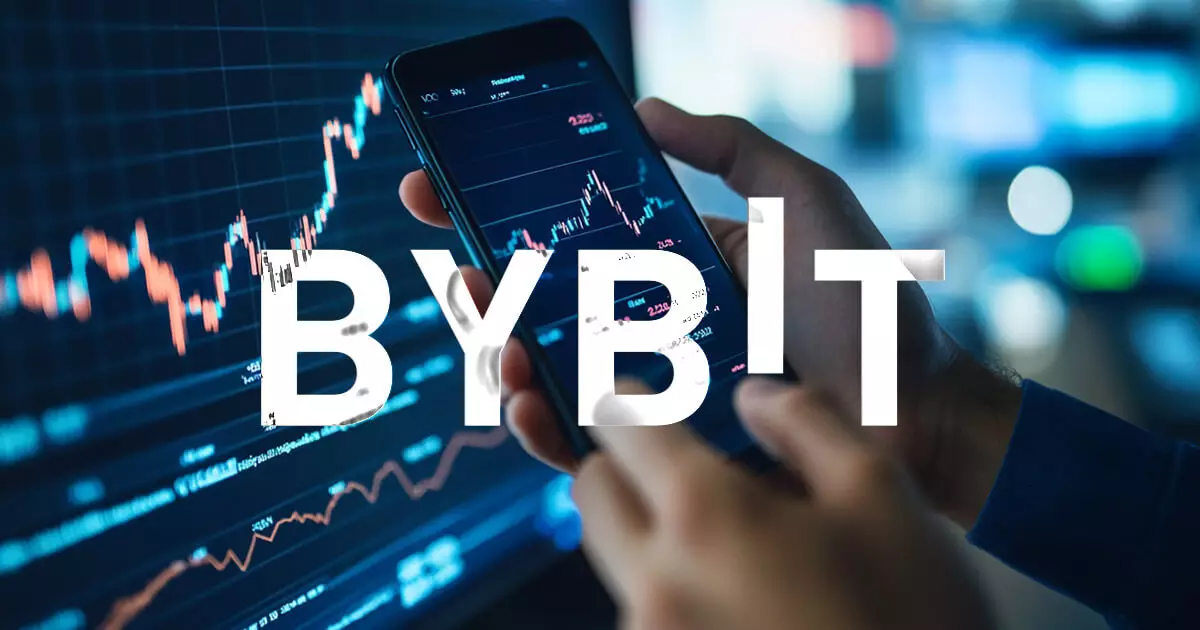In a significant declaration that rippled through the cryptocurrency community, Bybit has revealed its intent to terminate a broad spectrum of its Web3 features by the end of May 2025. This drastic transition raises eyebrows about the future direction of the exchange. The leadership claims this is a calculated maneuver to pivot towards a new era of innovation and growth. To suggest that this is merely a shift in strategy would be an understatement; it feels more like a resounding uprooting of Bybit’s initial commitments to its user base.
The implications of this move are profound. By winding down services such as the Cloud Wallet and Keyless Wallet, Bybit effectively jeopardizes its users’ trust. They are now urged to transfer their assets promptly, an intricate undertaking that may well serve as a wake-up call for crypto enthusiasts to reevaluate their asset management strategies. The looming May 31 deadline has turned this transition into a race against time, fostering an atmosphere of urgency and anxiety among users who fear losing their tokens, NFTs, and other digital assets.
Consequences of the Downsizing
The shutting down of pivotal services like the decentralized exchange (DEX) platform and NFT Marketplace represents more than just a loss of resources; it’s a clarion call to those who invest in cryptocurrencies. Users face the risk of losing access to their assets if they fail to act by the deadline. This loss is not just financial; it is emotional—a blow to the sense of security and community that crypto originally promised. Bybit’s clients are no strangers to volatility, but this level of unpredictability over the future of their holdings creates an unsettling atmosphere.
Adding fuel to the fire, Bybit has been disengaging from several other offerings, such as the Inscriptions feature and the NFT Pro platform. This trend is alarming and suggests a worrying retreat from the very technology that propelled cryptocurrencies into mainstream consciousness. It appears that Bybit is risking its reputation by focusing solely on immediate efficiency rather than fostering comprehensive and inclusive growth in the ecosystem.
The Insufficient Alternatives Left in the Dust
While Bybit has emphasized that some services like the Airdrop Arcade and staking products will remain operational, it feels like a mere consolation to its users. The most compelling features are being stripped away, leaving a hollow shell of what was once a vibrant platform. A state of inertia might settle in, where the community feels disconnected from the very essence of cryptocurrency—decentralization, innovation, and user empowerment.
Nearly hidden in the fine print is Bybit’s promise of a private key export feature for Keyless Wallet users, but peace of mind is contingent on timely action. If anything, this serves as a chilling reminder of how quickly the landscape of cryptocurrency can shift, often leaving users scrambling in the aftermath. Bybit’s lack of foresight in maintaining steady communication with its community raises serious questions about its overall strategy.
In this rapidly evolving environment, Bybit’s decisions illuminate the precarious balance between innovation and user trust. The marketplace will undoubtedly transform, but at what cost to the users who believed in its vision? For now, crypto aficionados would do well to prepare for a rapidly changing future—a future that may not include Bybit as a cornerstone of their digital asset strategy.


















